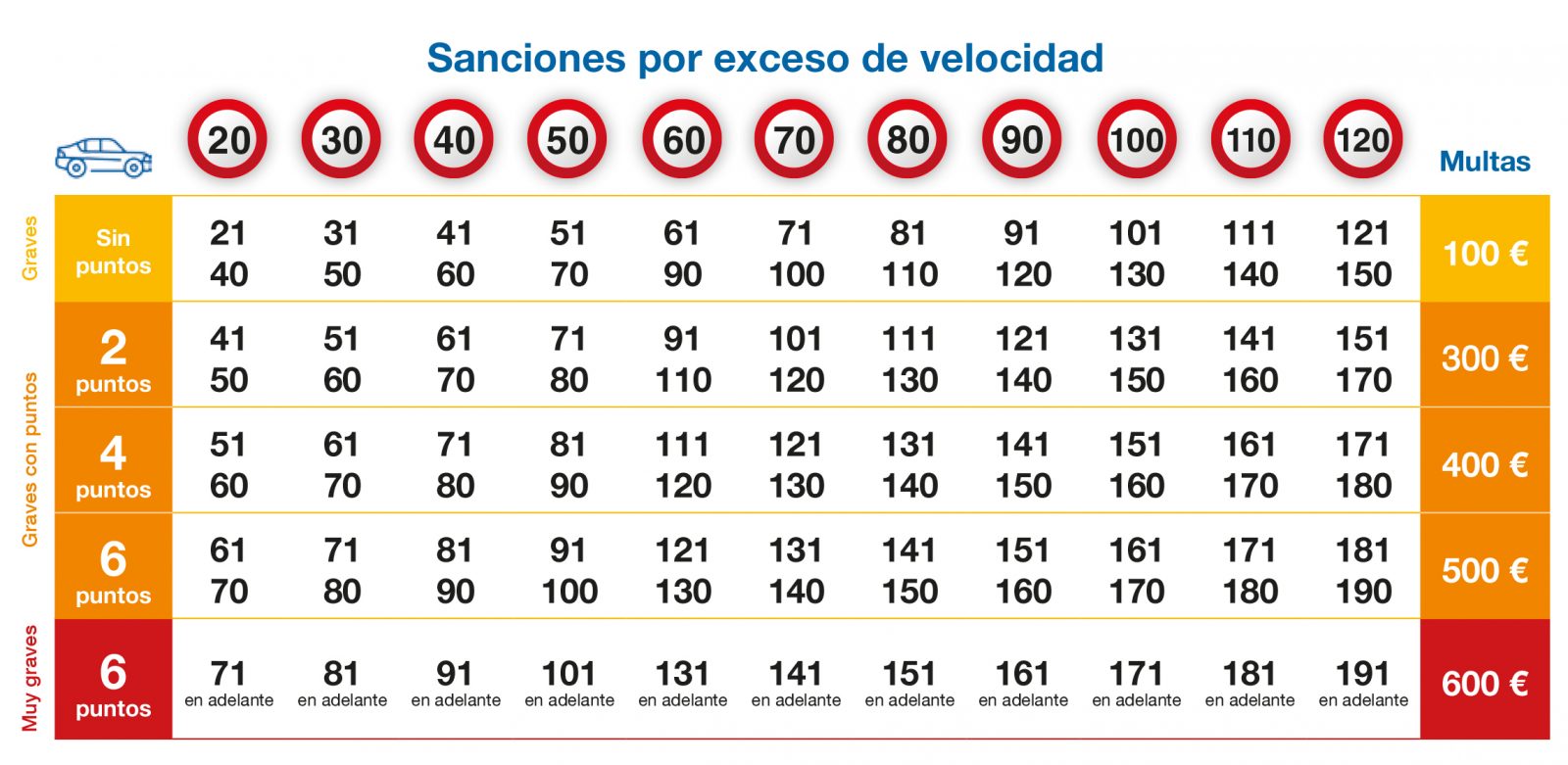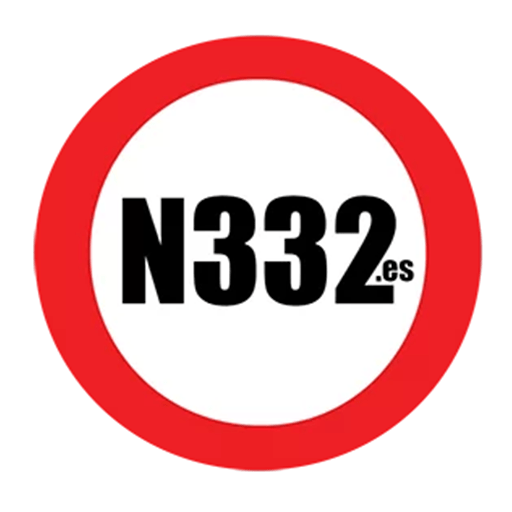This is a common question that occurs frequently and has been brought back into the limelight due to the increase in the number of speed cameras being installed on the road network in Spain, but the simple answer is no, you cannot drive at 55 kilometres per hour in a 50 zone and not get fined.
It’s myth busting time again, and this belief that you are allowed to exceed the speed limit before you get fined is exactly that, a myth, but it is a myth which is based on something factual and somewhat scientific, known as the margin of error.
For the purpose of simplicity, we are using 50 kilometres per hour throughout this article, but the principle applies at all speeds. To demonstrate the proof of what we are saying, look at the table of fines provided by the DGT in their Know Your Traffic Laws leaflet, and you can clearly see, for a 50 kilometre per hour limit road, the fine is issued at 51 kilometres per hour. Not 56, or 58, or any other variation, but 51.

It is true that speed cameras are set at a slightly higher limit than the road, an amount which is irrelevant so we will not reveal that, but it is not so that you are allowed to exceed the speed limit, it is because your speedometer is most likely showing the incorrect speed.
There are two reasons we will explain that contribute to this, and apologies to any experts in the mathematical field, we admit that we are simplifying this for the purpose of offering an explanation, but the first thing we have to tell you is that irrespective of the speed your vehicle is travelling, there is one part (or four parts usually to be exact) which is not moving at all. That is the part of the tyre in contact with the road. If it were moving, you would be skidding. There is also the opposite at the top of the wheel, where the speed is doubled. This actual speed also changes based on wheel size, which includes over or under inflated tyres, for example, and even the turn circle, going over bumps, the weight of the load, there are many different factors that constantly change the actual speed the vehicle is moving.
The second problem, under EU law, speedometers must never underreport a vehicle’s speed. It is however permitted to over report the speed, to an extent, but never under. Therefore, in theory, you should never be driving at a speed faster than what the speedo says.
Some vehicles, such as certain HGV’s or buses, have their speedometer calibrated, although this calibration has to be carried out frequently to ensure accuracy, but for the vast majority of vehicles they are not, and so, the speed you see on your speedo is highly likely to be wrong. It might only be out by a few kilometres per hour, although the gap increases with speed, but the reality is this is the reason why there is a margin of error set in the cameras. Not to allow you to speed, but to allow for these anomalies mentioned.
Incidentally, if you are thinking that the GPS or mapping speed might be more accurate, it isn’t.
So, the solution, is stay within the maximum permitted speed, or slower, as speed limits are maximums and not targets.
Discover more from N332.es - Driving In Spain
Subscribe to get the latest posts sent to your email.

You must be logged in to post a comment.